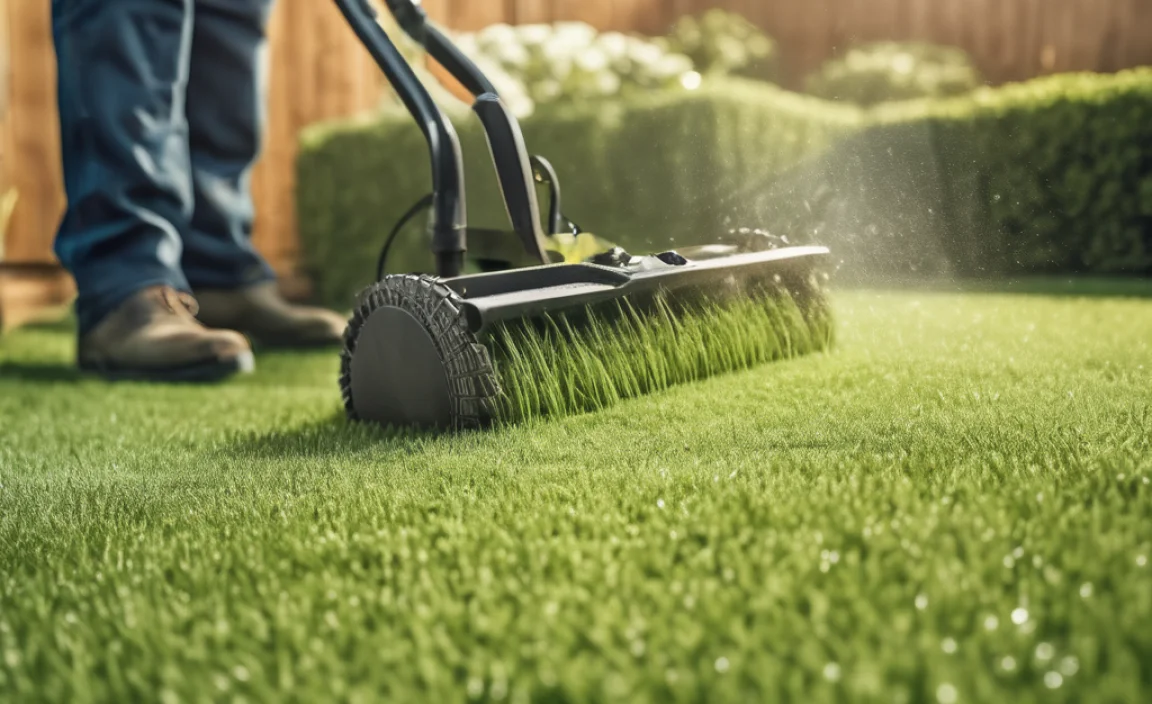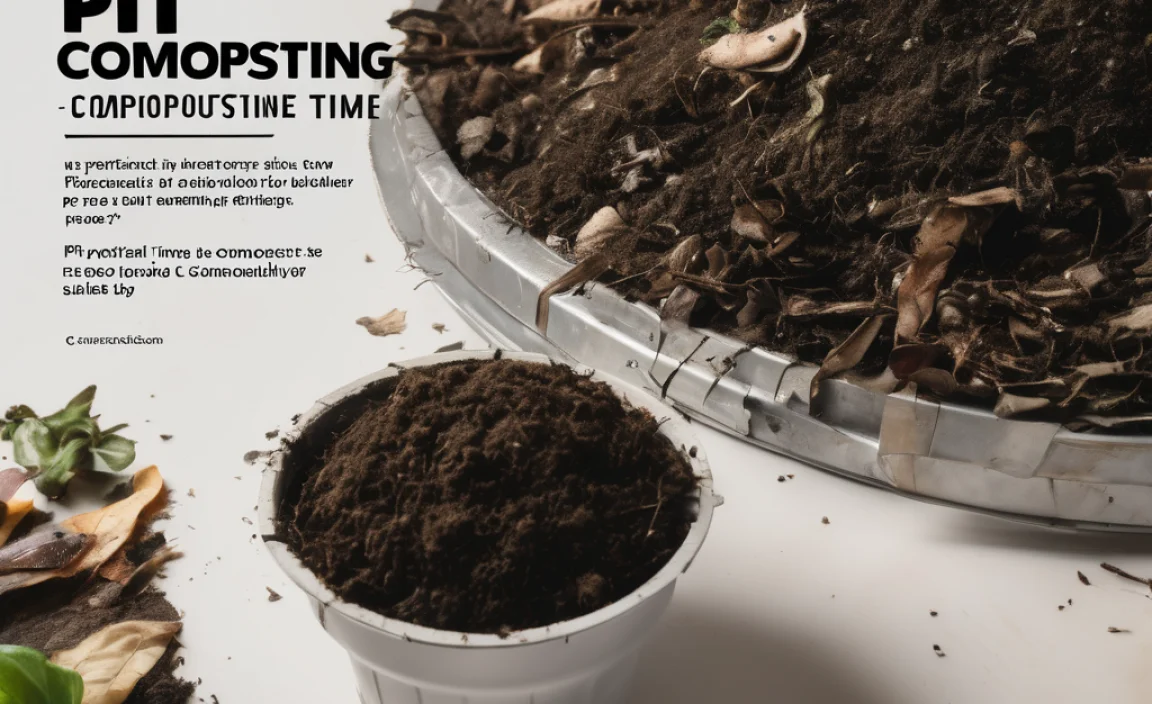Composting for small apartments how to is simpler than you might think, even without acres of land to turn into a nutrient-rich paradise. The misconception that composting requires a sprawling backyard is one of the biggest deterrents for urban dwellers eager to reduce their food waste and contribute to a greener lifestyle. However, the reality is that compact living spaces can absolutely accommodate effective composting methods. Whether you’re in a studio, a one-bedroom, or a shared apartment, there are innovative solutions designed to fit your needs and habits, turning your kitchen scraps into valuable fertilizer for your houseplants or community garden plots.
The journey into composting in a small apartment begins with understanding the fundamental principles: breaking down organic matter. Unlike traditional backyard composting, which relies on large volumes and natural aeration, apartment composting often involves more contained systems that require minimal space and often a bit more attention to detail. But fear not! These methods are designed for ease of use and minimal odor, making them perfectly suitable for indoor or balcony environments.
Choosing Your Apartment Composting Method
The first step in composting for small apartments how to approach this endeavor is selecting the right method. Several options cater specifically to limited spaces:
Worm Composting (Vermicomposting): This is perhaps the most popular and efficient method for apartment dwellers. A worm bin, typically a multi-tiered plastic bin, houses special composting worms (like red wigglers) that feast on your kitchen scraps. The worms process the food waste, producing nutrient-rich castings (worm poop) that are an exceptional fertilizer. Worm bins are compact, relatively odorless when managed correctly, and can be kept indoors.
Pros: Highly efficient, produces nutrient-rich fertilizer, minimal odor, relatively fast decomposition.
Cons: Requires purchasing worms, needs some basic management to ensure worms are happy, can be a mental hurdle for some to put worms in their kitchen.
Bokashi Composting: This is an anaerobic (oxygen-free) fermentation process that uses a special bran inoculated with beneficial microbes. Food scraps are layered with the Bokashi bran in an airtight bucket. This method ferments all food waste, including meat, dairy, and oils, which are typically avoided in other composting methods. The fermented material then needs to be buried or added to a larger compost pile to fully break down, so it’s often used in conjunction with other composting or gardening practices.
Pros: Can process all types of food waste, no smell during fermentation, produces a nutrient-rich liquid “tea,” relatively compact system.
Cons: Requires purchasing Bokashi bran and specialized airtight bins, the fermented material still needs further composting or burial.
Electric Composters: These countertop appliances use heat, aeration, and grinding to rapidly break down food scraps into a dry, soil-like material in a matter of hours. They are incredibly convenient and produce very little odor.
Pros: Very fast, convenient, compact, minimal effort, can handle a wide variety of food scraps.
Cons: High initial cost, requires electricity, the end product is usually not true compost but a dehydrated and ground material that can be added to soil or existing compost.
Getting Started with Composting for Small Apartments How To Effectively Manage
Once you’ve chosen your method, the next logical step in composting for small apartments how to make it work seamlessly is to understand the practicalities:
1. What to Compost (and What to Avoid):
Good to Compost (for most methods): Fruit and vegetable scraps, coffee grounds and filters, tea bags, eggshells (crushed), bread and grains, small amounts of shredded paper or cardboard.
With Caution or Not at All (depending on method): Meat, dairy, oils, and greasy foods are generally avoided in worm composting and traditional composting. Bokashi and electric composters are usually more forgiving. Heavily processed foods and large quantities of citrus can also be problematic for worm bins.
Never Compost: Diseased plants, pet waste (from carnivorous animals), chemically treated yard waste.
2. Setting Up Your System:
Worm Bin: Place it in a cool, dark area with good airflow (not direct sunlight). Ensure the bedding material is moist but not saturated.
Bokashi Bin: Keep it in a convenient kitchen location. Make sure the lid is sealed tightly after each addition.
Electric Composter: Follow the manufacturer’s instructions for placement and use.
3. Feeding Your Composter:
Worm Bin: Bury food scraps beneath the bedding to prevent odors and attract a more even distribution of worms. Start with small amounts and gradually increase as your worm population grows. Chop larger scraps into smaller pieces for faster decomposition.
Bokashi Bin: Layer food scraps with Bokashi bran, pressing down firmly to remove air after each addition.
Electric Composter: Follow the appliance’s instructions for the amount and type of food waste to add.
4. Managing Odor and Pests:
Worm Bin: Odors usually indicate excess moisture, too much food, or the wrong types of food being added. Ensure good aeration and a proper carbon-to-nitrogen balance (adding shredded paper or cardboard). Fruit flies can bemanaged by burying food scraps and ensuring the bin is not too wet.
Bokashi Bin: A typical slightly tangy smell is normal during fermentation, but a foul odor suggests a problem. Ensure you’re using enough bran and that the lid is properly sealed.
Electric Composter: Generally very low odor.
5. Harvesting Your Compost:
Worm Bin: After a few months, you’ll see dark, crumbly castings. You can harvest periodically by moving the finished compost to one side and adding fresh bedding and food to the other, encouraging the worms to migrate.
Bokashi Bin: Once fermented (usually 2-3 weeks), the material will be pickled. Strain off the liquid tea (dilute it for fertilizer) and then bury the solid material in a garden bed, large planter, or community garden plot.
Electric Composter: The material is ready after a cycle. You can use it as a soil amendment immediately or mix it with potting soil.
6. Dealing with the End Product:
Even if you don’t have your own garden, apartment composting can still be rewarding. The finished compost can be used for your indoor plants, given to friends or family with gardens, donated to a community garden, or even used to start a balcony herb garden.
Composting for small apartments how to make it a sustainable habit is about embracing simple, convenient methods. By choosing the right system and understanding basic management, you can significantly reduce your household waste, create valuable soil amendments, and participate in a more eco-conscious lifestyle, proving that you don’t need a large home to make a big difference.

I am passionate about home engineering. I specialize in designing, installing, and maintaining heating, ventilation, and air conditioning systems. My goal is to help people stay comfortable in their homes all year long.



